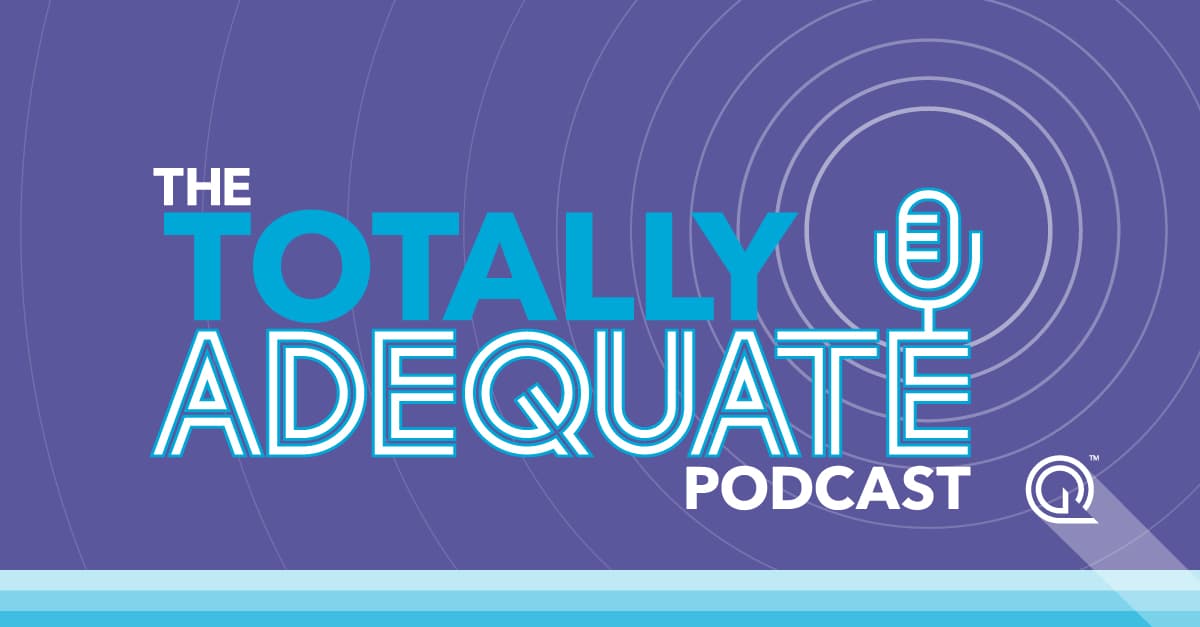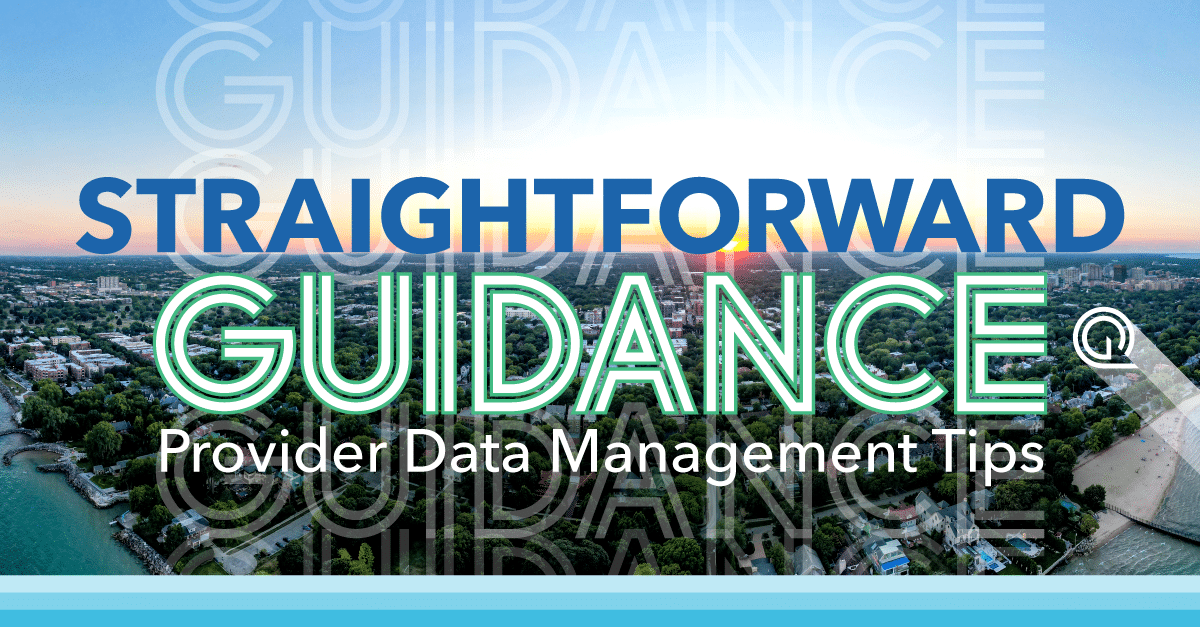California has been at the forefront of regulating provider directory accuracy, including addressing ghost networks. Every health plan in California must maintain updated directories of in-network healthcare providers for their enrollees. Here, we explore the relevant regulations and how health plans can effectively comply.
Understanding California's Regulatory Landscape
California Law: California Health & Safety Code Section 1367.27
Central to California’s provider directory requirements is California Health & Safety Code Section 1367.27. This provision, which originated as California Senate Bill 137, explains the requirements for health care service plans regarding their provider directories. These statutes and regulations are closely monitored and enforced by the California Department of Managed Health Care (DMHC), the California Department of Insurance (CDI), and the California Department of Health Care Services (DHCS).
Federal Law: The No Surprises Act
On the federal side, the No Surprises Act supplements California’s provider directory accuracy requirements for fully insured group plans, individual plans, self-funded employer plans, and Qualified Health Plans (QHPs) on and off Health Insurance Marketplaces or Exchanges.
California's Provider Directory Requirements
Online and Printed Directory Accuracy
Considering the state and federal regulations, let’s break down California’s provider directory accuracy requirements for health care service plans.
Health care service plans must provide an accurate online and printed provider directory. The directories may only include contracted, in-network providers who deliver healthcare services to plan members. Additionally, plans must implement procedures to maintain provider data accuracy including ongoing provider verification and data management.
💡 Active Providers: Incorporate Quest Enterprise Services® Accuracy Machine Learning and Provider Claims Activity to identify which providers are actively seeing patients at which location.
Weekly Updates
Online directories must be updated weekly—or more often if necessary. Changes that prompt updates include:
- Provider no longer accepts new patients for a specific product.
- Termination of the provider’s contract for the plan product.
- Changes in the provider’s practice location or required information.
- Corrections due to consumer complaints.
💡 Directive for Directory Deletion: Confirmed inaccuracies or discontinued provider engagements demand immediate removal from the directory, emphasizing California’s zero-tolerance policy.
Quarterly and Annual Updates
In addition to weekly updates, plans must have processes for ongoing provider outreach, data verification, and directory updates at least every 90 days. Furthermore, plans must conduct a full audit semi-annually and annually.
These requirements apply to full-service healthcare plans, specialized mental health plans, vision, dental, or other specialized healthcare service plans. Please refer to the statute for the complete list of provider data attributes.
Consumer Complaint Updates
Regulations emphasize the importance of consumer feedback. When consumers report discrepancies in the directory, the plan must investigate and correct the information within 30 business days. Steps to address reported discrepancies include:
- Provider Outreach for Verification: Contact the provider within five business days of receiving the report. Ensure verification and correction of directory information are completed within the 30-day timeframe.
- Outreach Metrics & Documentation: Record each report’s receipt and outcome, including the provider’s name and location. Maintain a detailed description of the investigation process, results, and any modifications made to the directory.
- Timeline for Updates: Changes to the directory information must be updated online by the next scheduled weekly update. For print versions, ensure updates are made similarly, or sooner if required by federal law or regulations.
Provider Directory Policy and Procedure for California
As part of the requirements, plans must develop and implement a comprehensive Provider Directory Policy and Procedure. This policy should document the approach and be submitted to regulators and stakeholders. A Provider Directory Policy and Procedure must include the following components.
Provider Outreach Compliance
Detail your approach to complying with provider outreach policies, highlighting strategies to engage healthcare providers.
💡 Tip: Use a multimodal approach, such as fax, email, and phone calls, to maximize your chances of getting a response from providers or provider groups. Read 5 Best Practices: Improving Provider Data Accuracy, Provider Outreach and Outcomes for more tips.
Procedures for Subcontracted Partners
Include procedures for working with plan partners, such as subcontracted networks, to ensure compliance with various requirements.
💡 Tip: With plan partners like subcontracted networks, include information such as delegated activities and obligations for network monitoring, reporting, and data disclosures.
Notification and Follow-Up Processes
Describe the approach to receiving confirmed acknowledgment from the provider or provider group, verifying the notification’s receipt, and confirming the accuracy or necessary updates of the data.
When affirmative responses are not obtained, a systematic follow-up process must be used. This process should include:
- Outreach Metrics & Documentation: Maintain comprehensive records of each outreach effort, detailing the provider’s name, location, and results. Additionally, maintain documentation of any changes made to the directory.
💡 Tip: Use this information to support compliance reports, and facilitate internal audits and reviews.
- Provider Notification Before Removal: Notifying providers who fail to respond, except for general acute care hospitals, 10 business days before their removal from the directory.
Update and Removal Processes
Explain the processes for updating the directory or removing providers from the directory.
Consequences of Non-Compliance
Neglecting these regulations can lead to significant scrutiny and legal ramifications. Non-compliance not only erodes consumer trust but also negatively impacts health outcomes. Ultimately, this poses significant financial and reputational risks for health plans.
Staying Compliant in California
Maintaining compliance with California’s provider directory requirements is a multifaceted responsibility. Quest Enterprise Services® Accuracy aligns with these requirements, offering a documented, defendable, and auditable process to meet state and federal standards. With Quest Enterprise Services® Accuracy, you can streamline outreach and verification processes, enhance data change identification, and reduce risk. Contact us today to discover how we can help improve your organization’s capability to deliver compliant and compelling provider networks.











